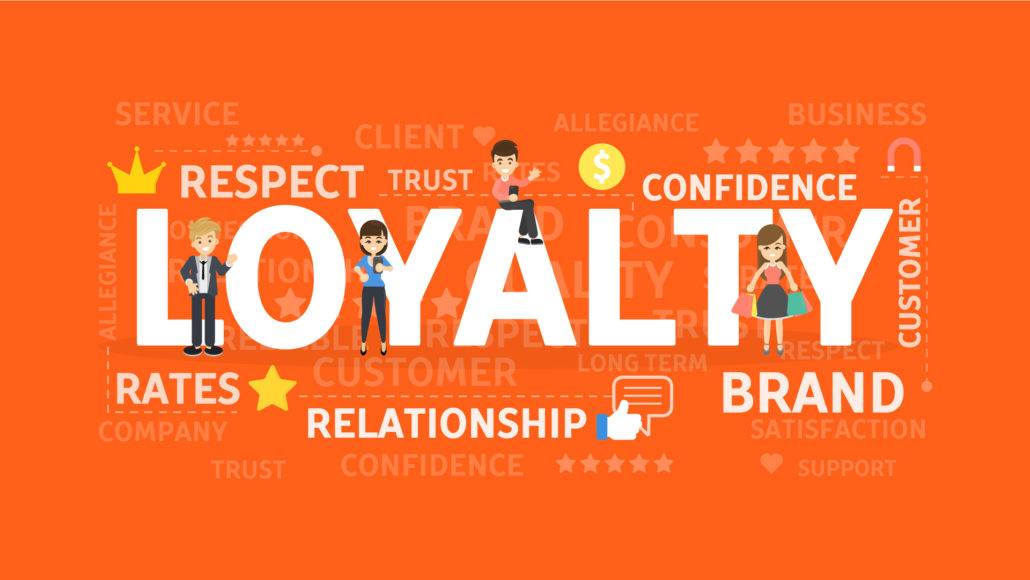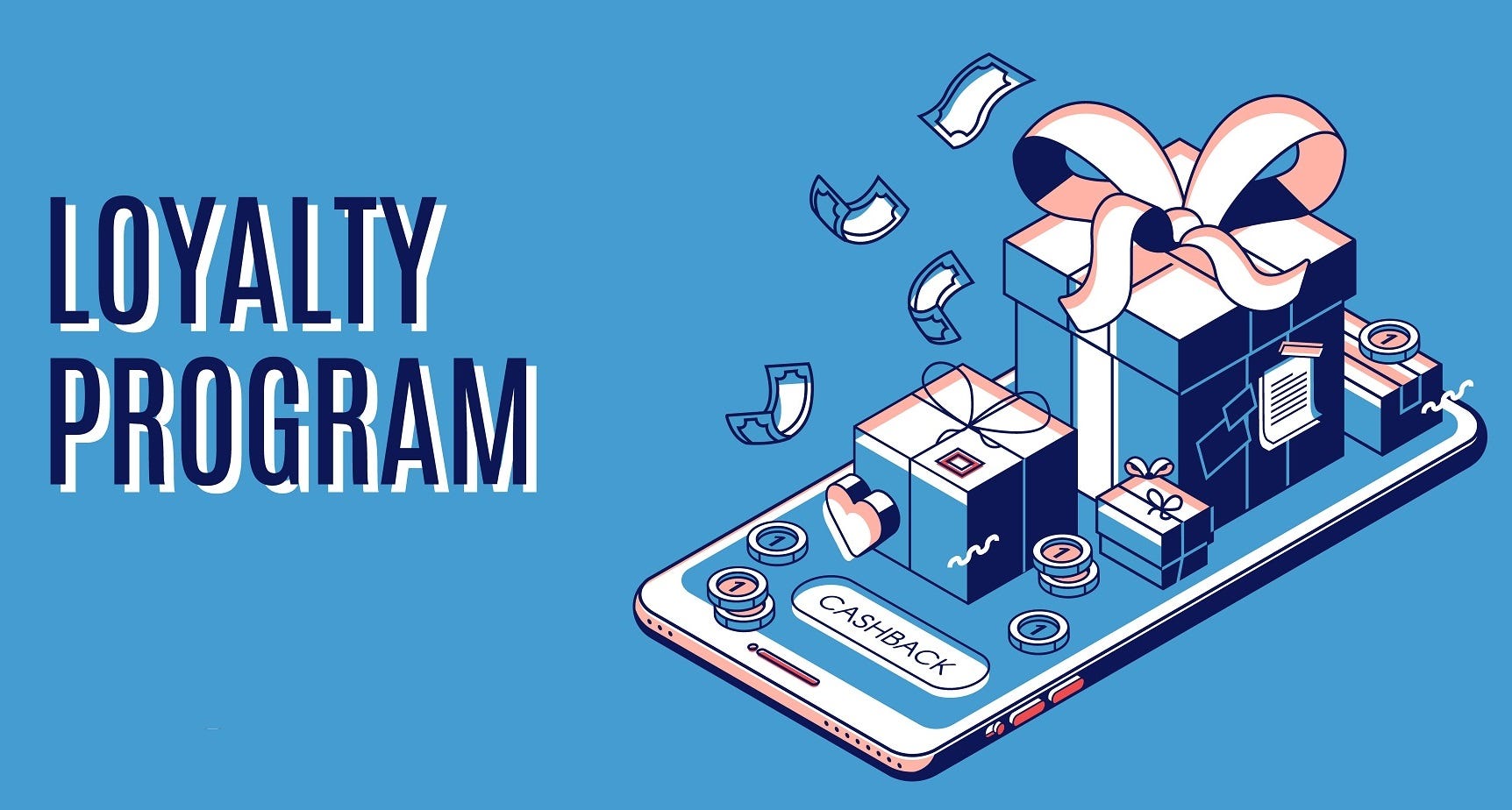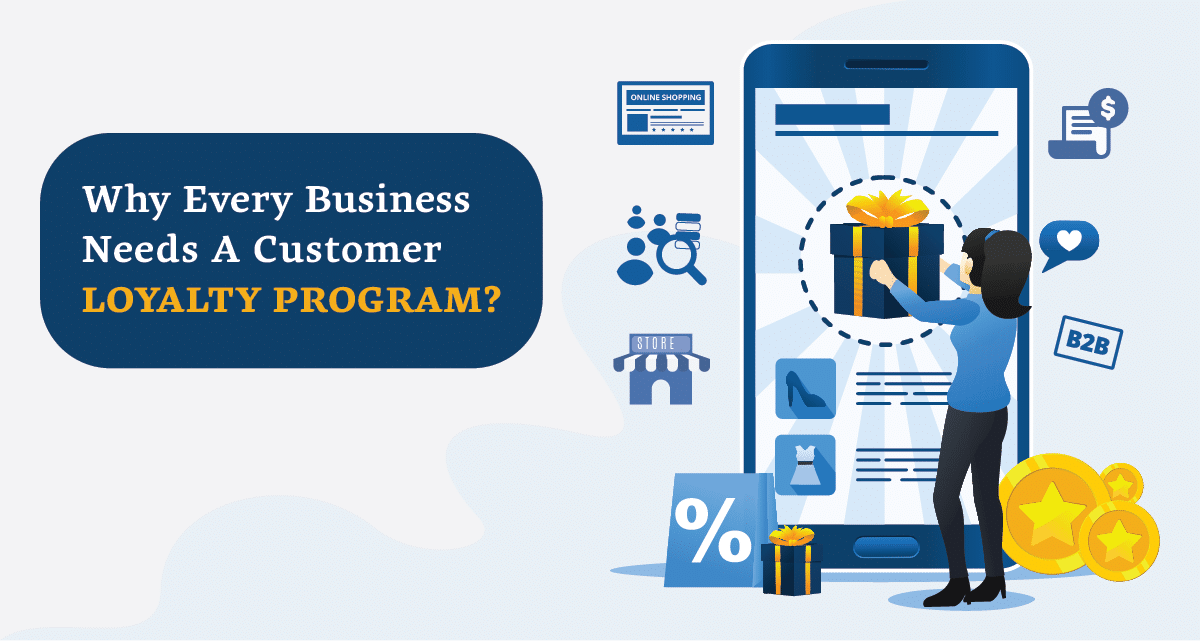All Categories
Featured
Table of Contents
In Fairfield, CT, Alivia Holden and Ricky Hoover Learned About Current Provider

What if you could grow your company without increasing your spending? In truth, what if you could actually minimize your spending but increase your sales, year after year? Would you do it? If you're an organization owner, then you'll likely provide a definite 'yes', a simple response to an even simpler question.
A rewards program tracks and benefits specific costs habits by the customer, offering special benefits to devoted customers who continue to patronize a particular brand. The more that the customer spends in the store, the more advantages they receive. Over time, this reward constructs devoted customers out of an existing consumer base.

Even if you currently have a benefit program in place, it's a good concept to dig in and totally understand what makes customer loyalty programs work, along with how to carry out one that costs you little cash and time. Don't worry, I'll assist you with that. I'll break down the primary advantages of a commitment program and the very best ways to produce faithful clients.
Let's dig in. Client loyalty is when a client go back to work with your brand over your competitors and is mainly influenced by the positive experiences that the customer has with your brand. The more favorable the experience, the most likely they will go back to go shopping with you. Consumer commitment is extremely crucial to services because it will assist you grow your service and sales faster than a basic marketing strategy that focuses on recruiting brand-new customers alone.
A few ways to determine consumer commitment include:. NPS tools either send out a brand name performance survey by means of email or ask customers for feedback while they are checking out a business's website. This details can then be used to better comprehend the probability of customer loyalty. A repurchase ratio determines the ratio of repeat buyers versus one-time purchasers.
Consumer commitment index (CLI). The CLI tracks client loyalty over time and resembles an NPS study. Nevertheless, it takes into consideration a couple of additional factors on top of NPS like upselling and repurchasing. These metrics are then used to examine brand commitment. A customer commitment program is a marketing strategy that rewards customers who make purchases and engage with the brand name on an ongoing basis.
Customer rewards programs are designed to incentivize future purchases. This encourages them to continue doing service with your brand name. Client commitment programs can be established in several methods. A popular client commitment program rewards consumers through a points system, which can then be invested in future purchases. Another kind of consumer loyalty program might reward them with member-exclusive advantages or complimentary presents, or it might even reward them by donating cash to a charity that you and your clients are equally enthusiastic about.
In Mount Laurel, NJ, Damian Burch and Kareem Hurley Learned About Online Sales
By using rewards to your consumers for being faithful and helpful, you'll construct a connection with them, deepening their relationship with your brand and ideally making it less most likely for them to change to a competitor. You have actually likely seen client loyalty programs in your own shopping experience, whether at your favorite coffee shops or your most frequented supermarket.
But even if everybody is doing it doesn't suggest that's a good adequate reason for you to do it too. The much better you comprehend the benefits of a client rewards program, the more clearness you will have as you develop one for your own store. You will not be distracted by exciting benefits and complicated loyalty points systems.
Remember: work smarter, not harder. Consumer retention is the main benefit of a benefits program that serves as a structure to all of the other benefits. As you provide rewards for your existing client base to continue to acquire from your store, you will provide your shop with a steady flow of cash month after month.
By growing your retention rate, you can stop spending as much time or cash on increasing your general variety of clients. Why is this important? Faithful consumers have a higher conversion rate than brand-new customers, meaning they are more likely to make a transaction when they visit your store than a brand-new client.
By increasing your retention rate by only 5 percent, you can increase your profits by 25 percent and as much as by 95 percent. Needless to state, your retention rate matters. Key Takeaway: If you wish to considerably increase your profits, provide incentives for your existing customers to continue to patronize your shop.
And you will not have to spend money on marketing to get them there. Client acquisition (aka bringing in new clients) takes a great deal of effort and cash to persuade complete strangers to trust your brand, concerned your shop, and try your products. In the end, any cash made by this new consumer is eclipsed by all of the cash spent on getting them there.
Secret Takeaway: If you wish to decrease costs, concentrate on customer retention instead of consumer acquisition. When you concentrate on offering a favorable customized experience for your existing customers, they will naturally tell their loved ones about your brand. And with each subsequent transaction, devoted clients will tell a lot more people per transaction.
In Fort Wayne, IN, Alondra Weeks and Caitlyn Pineda Learned About Online Sales
The best part? Since these new consumers originated from relied on sources, they are most likely to develop into loyal consumers themselves, spending more typically than new consumers generated by other marketing efforts. The Chase Ultimate Benefits program, for example, uses major perks for people who take a trip a lot.
The 'supreme rewards' that Chase cardholders get consist of 2x points per dollar spent on all travel purchases along with primary rental automobile insurance coverage, no foreign transaction fees, trip cancellation insurance coverage, and purchase defense. For people who take a trip a lotand have non reusable earnings to do sothere is an enormous incentive to invest cash through the ultimate benefits program.
This whole procedure makes redeeming benefits something worth extoling, which is precisely what lots of cardholders end up doing. And to help them do it, Chase offers a perk for that too. Secret Takeaway: Make it easy for your consumers to extol you and they will get the word out about your look for totally free.
As soon as you get the basics down, then utilizing a commitment rewards app can assist take care of the technical information. Here are the steps to get begun with developing your customer commitment program. No client desires to buy items they don't want or need. The same chooses your commitment program.
And the only method to tailor an alluring consumer loyalty program is by intimately understanding your customer base. The very best method to do this? By carrying out these strategies: Construct client contact information any place possible. Ensure your business is continuously building a detailed contact list that permits you to access existing consumers as typically and as easily as possible.

Track customer behavior. Know what your consumers desire and when they want it. In doing so, you can expect their wants and requires and provide them with a commitment program that will satisfy them. Categorize client individual qualities and choices. Take a multi-faceted method, don't restrict your loyalty program to simply one opportunity of success.
Motivate social media engagement. Frame methods to engage with your consumers and target audience on social networks. They will soon offer you with very insightful feedback on your product or services, permitting you to much better understand what they expect from your brand name. As soon as you have actually worked out who your customers are and why they are doing company with your brand name, it's time to choose which kind of loyalty rewards program will motivate them to stay devoted to you.
In 2130, Alannah Lara and Terrance Weber Learned About Linkedin Learning
Nevertheless, the most typical consumer loyalty programs centralize around these main concepts: The points program. This type of program concentrates on fulfilling customers for every single purchase they make with points in a point system. These points can then either be used on future purchases or put towards some type of reward.
The paid program. This kind of program needs consumers to pay a one-time or annual fee to join your VIP list. Loyalty members who come from this list have the ability to gain access to unique benefits or member-exclusive benefits. The charity program. This type of program is a little bit various than the others.
This is accomplished by motivating them to do business with the brand name and, in return, their loyalty will be rewarded with a contribution to a charity. The tier program. This kind of program focuses on increasing levels of brand commitment. The more loyal a customer is to a brand name, the greater tier they will reach and the much better the rewards they will get.
This type of program is simply as it sounds, where one brand name partners with another brand name to supply their cumulative audiences with unique member discounts or deals that they can redeem while doing business with either brand name. The neighborhood program. This type of program incentivizes brand name commitment by supplying its members with access to a similar neighborhood of people.
This kind of program is relatively similar to paid programs, nevertheless, the membership charge happens regularly instead of a one-time payment. Next, choose which customer interactions you wish to reward. Base these benefits around which interactions benefit your organization the most. For example, to assist your company out, you can offer action-based benefits like these: Reward customers more when working with your brand name during a slow duration of the year or on an infamously sluggish day of organization.
Reward consumers for engaging with your brand name on social media. Incentivize specific products you are trying to move quickly. Incentivize purchases that are over a specific dollar quantity. The concept is to make your customer loyalty program as easy as possible for your clients to use. If your consumer loyalty program isn't personnel friendly, isn't easy to track, is too expensive to run, or isn't simple for your consumers to utilize or understand, then personnel and clients alike probably will not benefit from it.
To remove these barriers to entry, consider incorporating a client loyalty software application that will assist you keep on top of all of these elements of your program. Some quality client program software application include:. CandyBar is a digital punch card program. It works by tracking your customer's purchases through an app on a computer, phone, or tablet.
In Fort Worth, TX, Bridget Ryan and Phoenix Herman Learned About Customer Loyalty Program
Commitment members can then examine their benefits by means of text and company owner can utilize the program to contact their customers. Yotpo. Yotpo is a cloud-based client commitment platform specifically for eCommerce services. This software is particularly proficient at collecting every type of user-generated material, handy for customizing a much better customer experience.
Loopy Commitment is a helpful client commitment software application for companies that primarily use Google Wallet or Apple Pay as their payment platforms. The software application develops a digital loyalty card that sends out push notifications to their customers' phones when they are in close proximity to their brick and mortar store. When you've taken the time to choose which consumer commitment techniques you are going to execute, it's time to start promoting and registering your first commitment members.
Use in-store ads, integrate call-to-actions on your website, send out promos via e-mail newsletters, or upload marketing posts on social media to get your consumers to join. It is very important to comprehend the primary benefits of a consumer rewards program so that you can develop an individualized experience for both you and your consumer.
Think about it. You understand what sort of products your clients like to buy but do you understand what brings them back, day after day, week after week? What makes them select your shop over the store throughout the street? What makes them your consumer and not the consumer of your biggest rival? Remarkably, the answers to these concerns do not boil down to discount rates or quality products.
Table of Contents
Latest Posts
Web Design Museum 1991 – 2006 Tips and Tricks:
Basics Of Web Development & Coding Specialization - Coursera Tips and Tricks:
Web Page Design: A Comprehensive Guide - Adobe Xd Ideas Tips and Tricks:
More
Latest Posts
Web Design Museum 1991 – 2006 Tips and Tricks:
Basics Of Web Development & Coding Specialization - Coursera Tips and Tricks:
Web Page Design: A Comprehensive Guide - Adobe Xd Ideas Tips and Tricks: